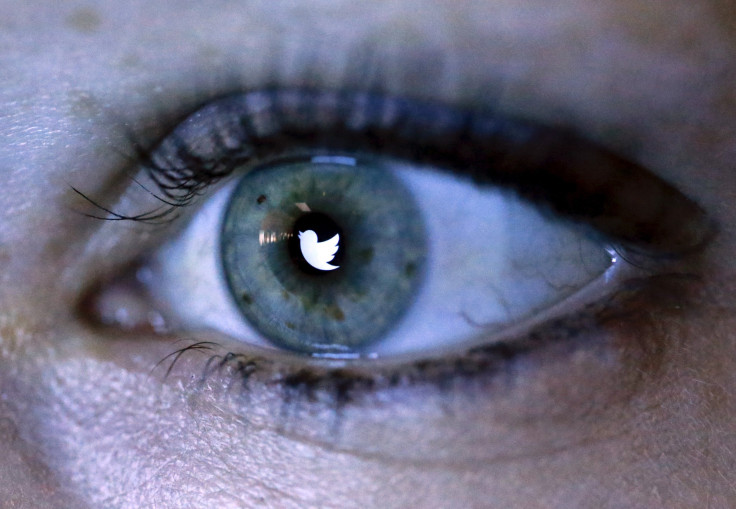Human Vision Depends On Timing of Neural Spikes For Recognizing Shapes, Study Says

Human vision relies heavily on the patterns of neuron activity, a study found.
When brain cells are activated, they result in spikes or spurts of electrical activity in neurons. In a study first published Thursday in the journal Neuron, scientists found that apart from relying on the number of spikes, human vision also relies on the timing of these spikes.
Researchers from the Salk Institute for Biological Studies in San Diego, California, studied a specific portion of the brain called the V4 which is located in the middle of the brain’s visual system. Neurons present in the V4 deal with contours which aid in recognizing shapes regardless of where the object is in space.
Studies indicated that some neurons in the V4 focus only on contours within a designated spot in space. This suggests that the activity in the V4 could be more nuanced as it is gathering visual information in both space and time.
“In vision, it turns out there’s a huge amount of information present in the patterns of neuron activity over time,” the study’s senior investigator John Reynolds reportedly said, “Increased computing power and new theoretical advances have now enabled us to begin to explore these patterns.”
Researchers created a computer code called the “ideal observer” which, using brain data, would attempt to decipher the moving pictures that had been seen. The ideal observer had two versions, one with access only to the number of spikes and the other that had access to the timing of the spikes. The latter version could guess the image more accurately than the former.
“We don’t see the world around us as if we are looking at a series of photographs. We live — and see — in real time and our neurons capture that,” lead author of the paper, Anirvan Nandy, said.
© Copyright IBTimes 2024. All rights reserved.












